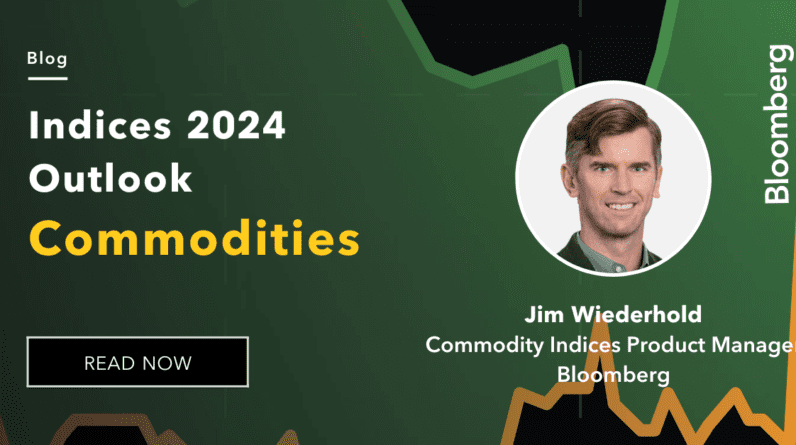
The start of the 2020 commodity supercycle coincided with several key catalysts for the commodities bull case. After the steep decline in economic activity at the start of the COVID-19 pandemic, government stimulus ignited economic growth in most developed nations. Demand increased, supply chain bottlenecks amplified, and inflation ramped up at one of the fastest paces in history.
This global supply/demand dynamic pushed most commodities futures curves into a state of backwardation, where near-dated futures contract prices are higher than prices of commodities futures later in time. In this environment, a long exposure in commodities provided a positive roll yield. The state of backwardation means that, even if commodities prices remained the same, an investor would be paid to hold onto this long position with a “roll yield.” Traditionally, most commodities markets tend to be in a state of contango due to the cost of storing barrels of oil, bushels of corn, and so forth. A long exposure in contangoed commodities experiences a negative roll yield.
Will the cost of holding long commodities exposure become negative in 2024? Time will tell, but to start this year, the crude oil futures curve is still in backwardation, similar to one year prior. Meanwhile, other major commodities like corn and copper futures have already flipped to contango, meaning the cost of holding a long exposure is higher when rolling a position.
In Figure 6, the orange lines show the most recent curve structure, and the green is the historical one-year-earlier view. Bloomberg offers roll yield-enhanced solutions that seek to invest in forward curves with minimal roll cost without sacrificing price sensitivity and liquidity constraints.
There’s much to debate in the outlook for commodities in 2024. In this blog, we examined the six key factors we believe will be the main drivers in the year ahead. First, we look east to China and India, to assess which superpower nation will lead the commodities demand charge. Commodities have always been sensitive to geopolitical (and political) events. As scenarios unfold, we’ll see the impact on commodities prices and potentially heightened volatility. The energy transition is a major topic and aligned to the goals agreed on at COP 28. This year, the potential for extreme weather situations has a two-pronged impact on commodities: production and supply chain delivery. From a macro perspective, inflation and commodities go hand in hand. The markets are expecting a much more certain central bank track; will commodities follow suit? Finally, we assessed the supply/demand dynamics on commodity forward curves moving from backwardation to contango with suitable solutions.
In this series of blogs, we look forward to engaging in the debate and hearing the arguments for whether commodities prices will be higher or lower in 2024.
Learn more about Bloomberg’s commodity index offerings.







